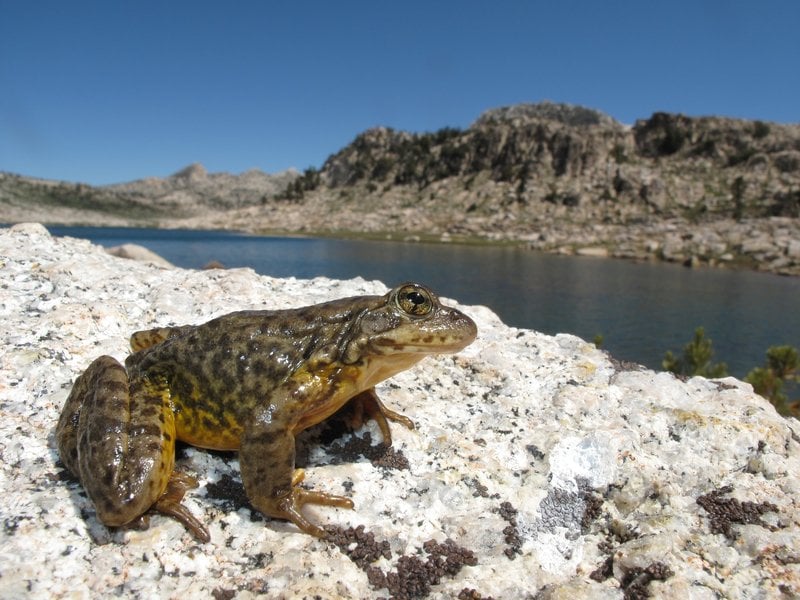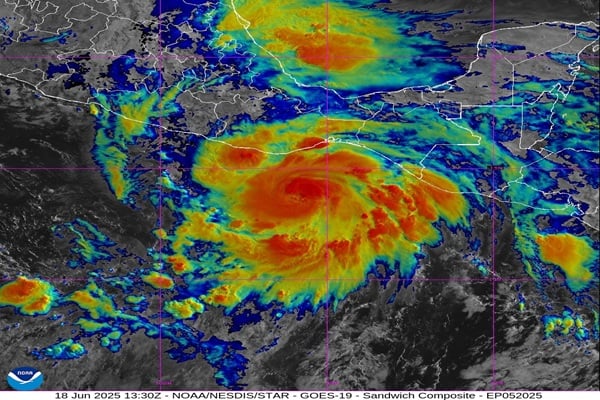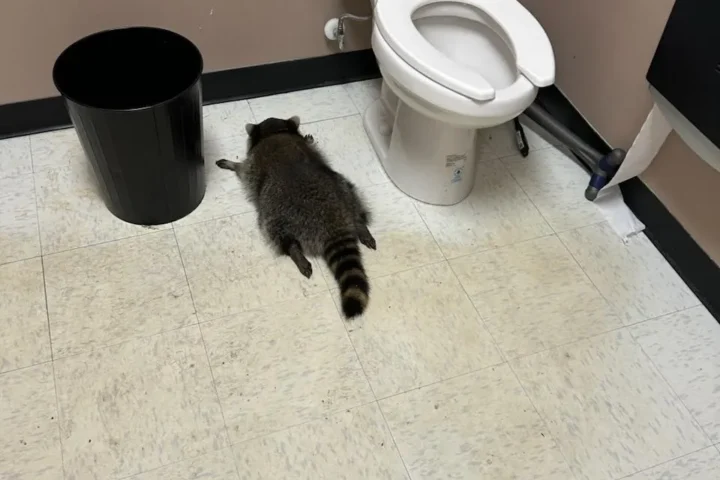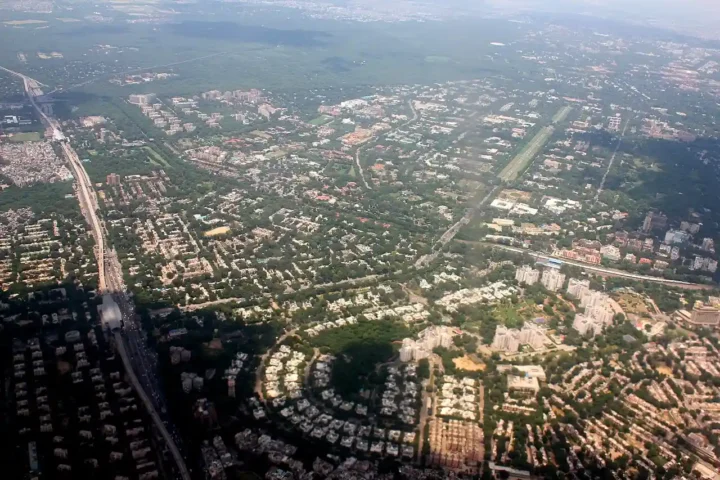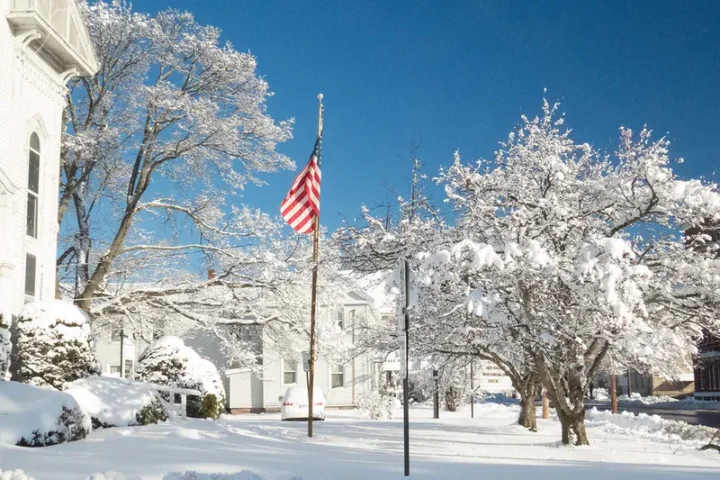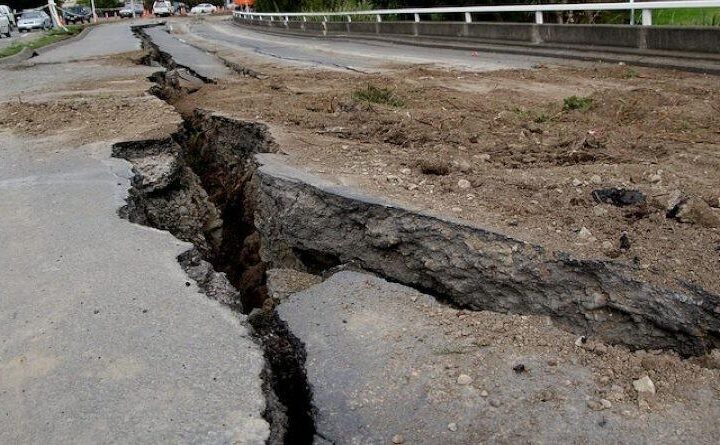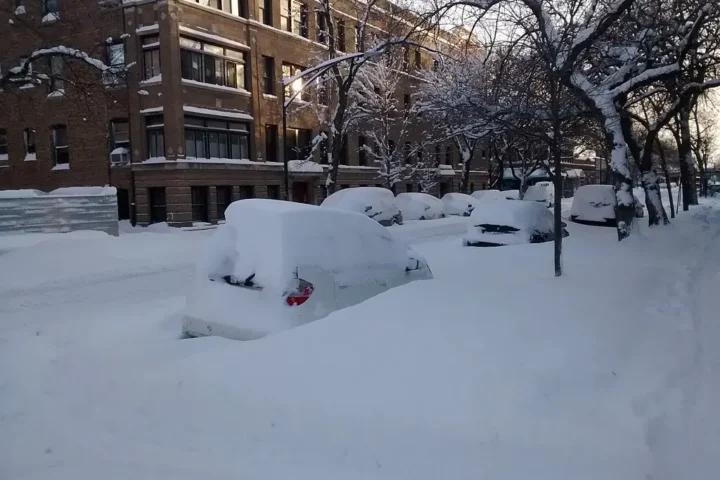New evidence shows widespread damage to wildlife homes in Sierra Nevada mountain forests. The Center for Biological Diversity found that cows and sheep are trampling critical areas where endangered frogs and toads live.
Their surveys revealed shocking numbers – about 96% of meadows and 90% of streams checked showed damage from livestock. The damage includes bare soil where plants should grow, missing riverside vegetation, eroded stream banks, and cow waste in water where amphibians breed and live.
Four protected species face serious threats from this damage: the Sierra Nevada yellow-legged frog, mountain yellow-legged frog, Yosemite toad, and foothill yellow-legged frog. All these amphibians are protected under the Endangered Species Act because their numbers have dropped dramatically over the years.
“The devastating toll livestock grazing takes on soil and streams makes it very difficult for these vulnerable amphibians to survive,” said Tara Zuardo from the Center for Biological Diversity. “The Forest Service promised to ensure grazing didn’t threaten frogs protected under the Endangered Species Act and these promises have been broken.”
Similar Posts:
The professional biologists who did the survey checked more than 813 acres within four national forests – Sierra, Humboldt-Toiyabe, Inyo, and Plumas. They documented over 37 miles of stream habitat damaged by livestock.
Forest Service rules clearly state that livestock must be kept away from standing water and wet meadows where Yosemite toads breed or live. But the surveys found cows in toad breeding areas with no fences to keep them out. In places where protective fences did exist, most were broken or falling apart.
These frogs have already suffered major population declines. The Sierra Nevada yellow-legged frog was once the most common amphibian in the region but has disappeared from over 90% of its former range. These frogs face multiple threats including non-native fish, disease, and climate change.

“Livestock grazing in the Sierra Nevada has been harming meadows, streams and these struggling amphibians for too long,” said Zuardo. “The threat posed to the Yosemite toad is particularly urgent. Keeping livestock from trampling the beautiful meadows of the high Sierra would benefit everyone.”
The findings raise serious questions about how well the Forest Service is protecting endangered species habitat on public lands. The Center’s documentation may lead to stronger enforcement of existing protections or new measures to save these threatened amphibians before it’s too late.
